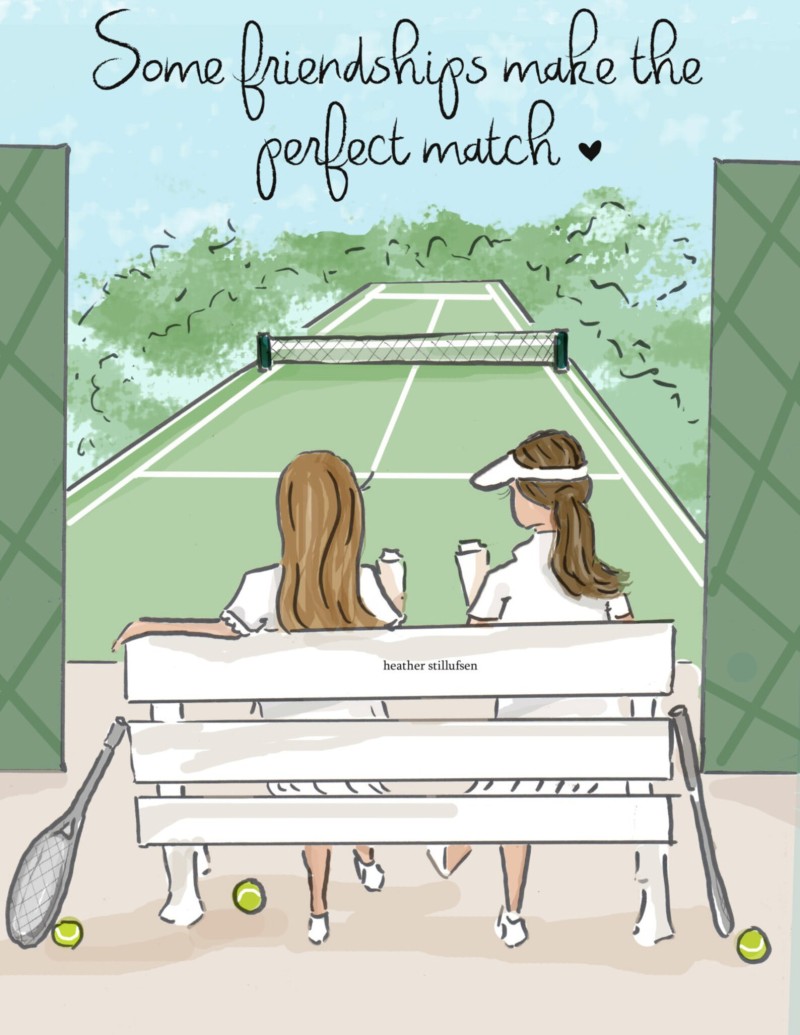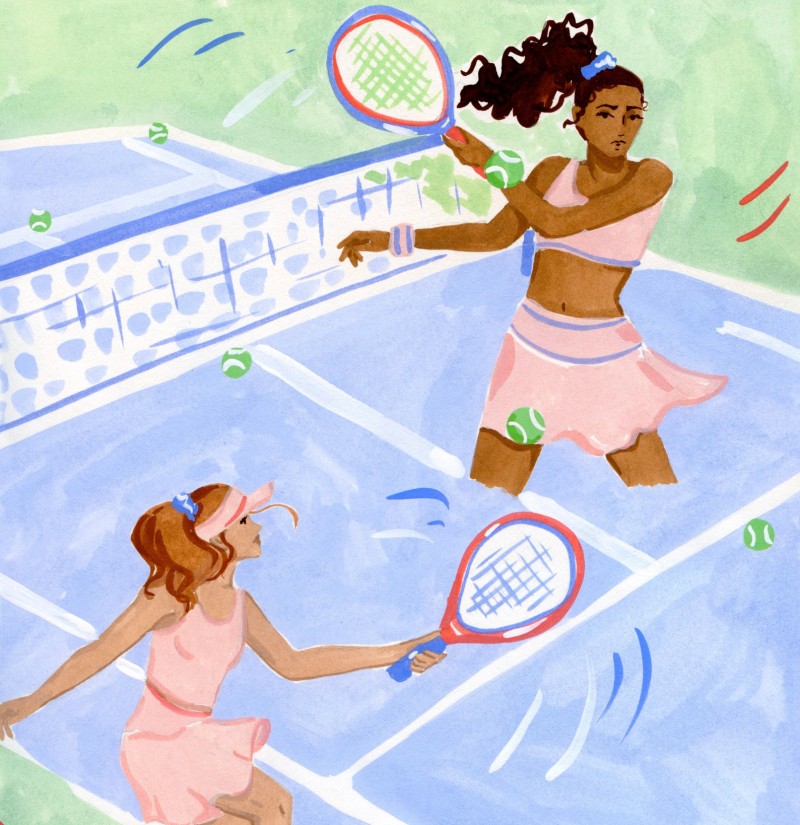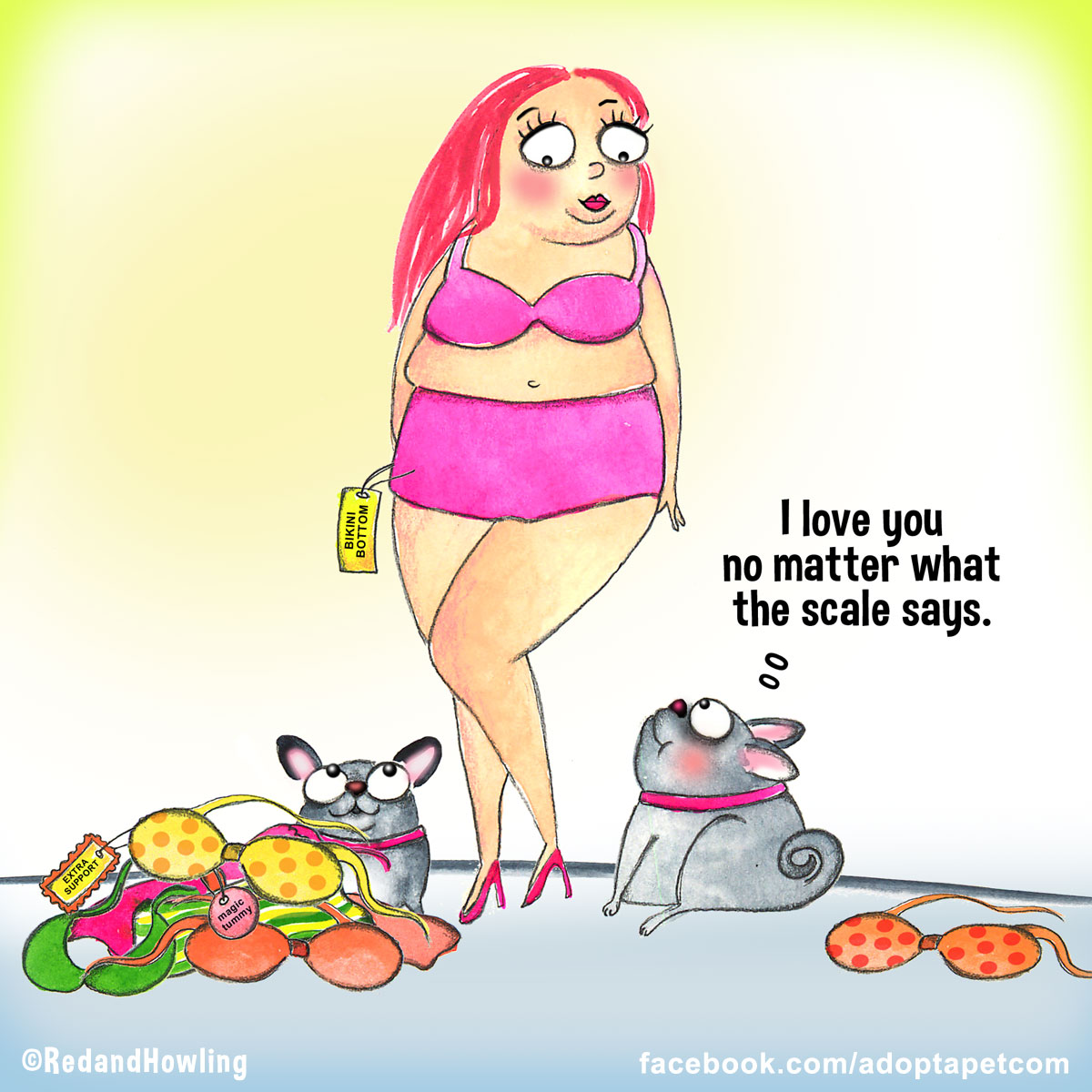Greener Tennis: Raising The Environmental Game

Picture a sunny afternoon at your local tennis court. The thud of racquets and cheers fill the air, but once the match ends, there’s a surprising amount of rubbish left behind. Plastic water bottles, used tennis balls, snack wrappers, and spare packaging all end up in the bin (or worse, on the ground).
People are talking more about how sport affects the environment, and tennis isn’t off the hook. With big tournaments and local matches running every week, the impact is adding up. Fans and players alike now want to know what steps can make the game kinder to the planet.
Stow Away Nets, to Protect wildlife
Ensure tennis nets are stowed away when not in use (as foxes and hedgehogs can get caught in them). Football nets can be replaced by a more wildlife-friendly goal wall, made from recycled plastic milk bottles!
Bamboo or Recycled Carbon Rackets

Choosing greener rackets saves resources and lowers waste. Brands now design rackets using bamboo or recycled carbon fibre instead of only virgin aluminium or plastic. Here’s what to expect:
Benefits:
- Bamboo regrows fast and absorbs carbon, so it’s a renewable choice.
- Recycled carbon fibre uses old racquets or scrap material, cutting landfill and energy use.
- Many eco-friendly rackets use less paint and skip harsh glues.
Weight and Durability:
- Bamboo rackets tend to be slightly heavier, offering better power but a softer feel.
- Recycled carbon rackets are light and strong, matching performance close to regular models.
- Both types generally withstand regular play if looked after.
Lineat has created tennis rackets using reclaimed carbon fibre, to save it from going to landfill. The sports industry is the third biggest user of carbon fibre by volume, after aerospace and wind energy.
Vegan tennis balls and Recycling
Most tennis balls contain wool. So join the campaign to use plant-based tennis balls. Raise money to small charities, by sending used tennis balls for recycling.
Vets say you shouldn’t over-throw balls for dogs (best to let them sniff and explore, to save leg problems later on). The wool on tennis balls is abrasive, so not good for dogs anyway. Go for quality brands of safe (supervised) toys instead).
TerraCycle offers a community recycling box, where for one set fee, everyone can drop of used sports equipment at a local point, to be sent off to be made into other things. You can also recycle exercise mats, skateboards, sports water bottles, cycling accessories, protective sports equipment, skipping ropes, boomerangs and frisbees (never use these on the beach, they can decapitate seals).
Choosing recycled tennis balls, helps to keep new ones from being made with virgin materials. Programs in the UK and Australia collect used balls to support schools or grind them into playground mats.
Vegan tennis shoes: brands and benefits
Tennis shoes are now available with no animal leather and more recycled materials. For players who care about both animal and environmental welfare, this makes every step on court lighter in every sense.
- No animal products mean shoes are planet- and animal-friendly.
- Recycled shoe soles cut down on landfill and oil-based rubber.
- Many vegan models use naturally dyed mesh to reduce chemical run-off.
Organic lawns and water conservation
Use organic lawn care. Yorkshire-made Grazers is a non-toxic alternative to lethal control or pesticides, which makes grass unpalatable to rabbits and other creatures (can also be used for bowling greens and golf courses).
Don’t use where pet rabbits roam, as they won’t be able eat treated grass. And ensure wild rabbits have non-treated (edible) grass nearby.
Keeping tennis courts looking fresh doesn’t have to mean heavy chemicals or water waste. By switching to organic lawn care and clever irrigation, clubs help the soil, the grass, and the local bees.
- Use organic fertilisers made from seaweed, plant compost, or chicken manure. These feed the grass without hard chemicals that sink into streams.
- Set up drip irrigation, which gives just enough water straight to the roots. This avoids wetting the whole court or letting water pool in bad spots.
- Stick to a set mowing schedule that cuts only the top third of the grass. Cutting too short stresses the lawn and wears out soil. Longer grass holds water better and shelters tiny insects.
Organic Strawberries and Vegan Cream!

Nothing says ‘Wimbledon’ more than a bowl of strawberries and cream. But did you know that the strawberries are one of the so-called ‘dirty dozen’ that are usually sprayed with chemicals and pesticides?
Organic strawberries taste so much better too. Try them with The Coconut Collab’s vegan double cream! Made with coconuts, you’d never know as there is no coconut taste. It’s cow-friendly and cholesterol-free. And lovely to dollop on fresh fruits and your favourite desserts.
Carbon emissions from Travel and Venues
Tennis is global. Top players, their teams, officials, and thousands of fans hop from city to city. Each event brings a wave of cars, taxis, buses, and planes, all burning fuel.
- Players and staff: According to some estimates, professional players and their staff fly over 100,000 miles in a season.
- Fans: Major tournaments like Wimbledon attract more than 500,000 fans, many driving or flying in just for the event.
- Arenas: Large tennis stadiums often use high-powered floodlights, heating, cooling systems, and digital scoreboards. For instance, the average two-week Grand Slam can consume as much electricity as hundreds of households would use in a year.
Cutting down on long-haul flights, switching to renewable energy in venues, and setting up dedicated public transport can make a real difference.






